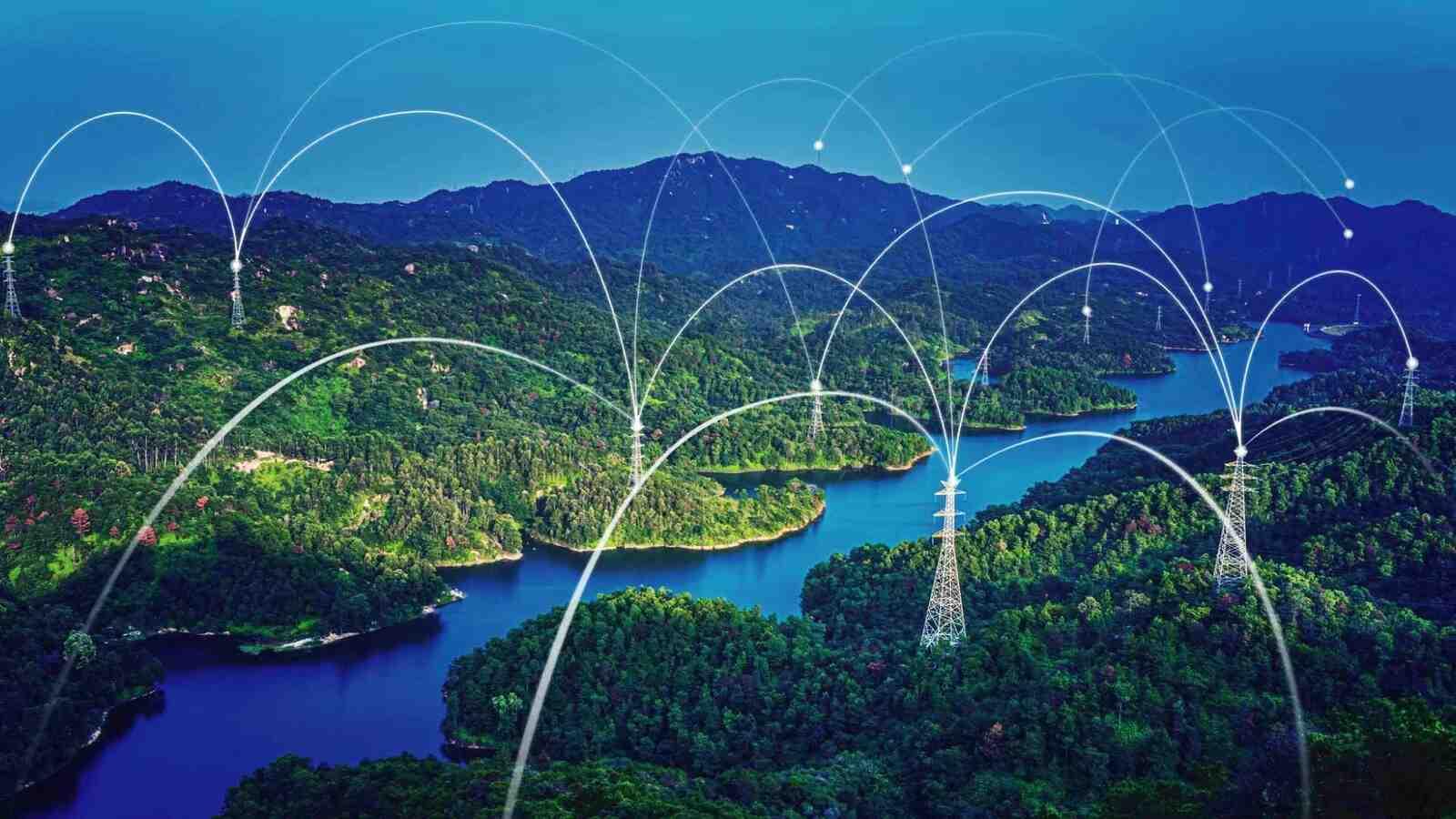In a hyperconnected world where uninterrupted data flow is vital to national security, economic stability, and public safety, the reliability of communications infrastructure takes on unprecedented importance. Much of the focus tends to be on visible technology like satellites and cellular towers, yet the real backbone of global connectivity lies in hidden networks. Underground and Underwater Communications Infrastructure serves as the silent force powering critical infrastructure systems—from military defense networks and emergency response grids to financial institutions and global internet traffic. These hidden veins of fiber optics and communications channels ensure that nations can maintain secure, scalable, and resilient operations even in the face of natural disasters, cyber threats, or geopolitical conflict.
The Role of Underground and Underwater Communications Infrastructure
Beneath our cities and oceans lies an intricate web of cables and conduits that make modern communications possible. These systems carry internet, phone, and critical data signals across continents and beneath seas, linking power grids, command centers, and cloud services. Underground and underwater communications infrastructure is designed for both high-capacity transmission and protection against environmental and human threats. It is this hidden framework that supports everything from real-time financial transactions to critical disaster response coordination.
Why Hidden Networks Matter to National Resilience
This infrastructure is more than just a data pipeline—it’s a national asset. Underground and underwater communications infrastructure ensures operational continuity during emergencies by protecting against outages caused by weather events, terrorism, or cyberattacks. Governments and private sectors increasingly rely on these buried and submerged systems to safeguard against disruption, especially in an era where connectivity is synonymous with operational effectiveness. National resilience strategies now place significant emphasis on these hidden systems as foundational to civil defense and public safety planning.
Challenges and Innovations in Subsurface Connectivity
Maintaining and upgrading underground and underwater communications infrastructure is no small feat. These networks require advanced materials to withstand pressure, corrosion, and tampering. Engineers must navigate harsh environments, from deep ocean trenches to dense urban layers, to deploy and monitor these lines. But innovation is accelerating—smart cables embedded with sensors, AI-based monitoring, and automated fault detection are revolutionizing the maintenance and performance of these systems. As demand for data grows, so too does the need for scalable, secure, and self-healing communication lines.
The Intersection of Physical Security and Digital Communications
While cybersecurity remains a top concern in digital infrastructure, physical protection of underground and underwater communications infrastructure is equally vital. Attacks on fiber optic cables—whether accidental or intentional—can disrupt communications across vast regions. Military operations, critical infrastructure operators, and private telecom firms are investing in surveillance, redundancy, and hardening of physical pathways. Surveillance drones, seismic sensors, and tamper-detection systems are being deployed to protect vital conduits from damage and exploitation.
How Emerging Technologies Depend on These Foundations
Artificial intelligence, smart cities, autonomous vehicles, and real-time analytics all rely on ultra-low latency and high-speed communication capabilities. Underground and underwater communications infrastructure forms the low-visibility layer that enables the high-visibility tech revolution. Edge computing, 5G, and cloud-native applications would be ineffective without the seamless data routing these hidden networks offer. The reliability and performance of digital transformation initiatives depend directly on the quality and integrity of these critical conduits.
Geopolitical Implications of Communications Infrastructure Control
Control over underground and underwater communications infrastructure has become a geopolitical flashpoint. As countries compete for technological dominance, subsea cables and underground grids are viewed as strategic resources. Nations are now asserting territorial rights over undersea routes and laying proprietary networks to protect against surveillance and interference. The competition is intensifying between major powers to secure not just the data itself, but the very arteries through which that data flows.
The Future of Underground and Underwater Networks
The future of connectivity will rely even more heavily on underground and underwater systems. With the expansion of digital economies, climate instability, and global tensions, the demand for resilient, secure, and efficient infrastructure is surging. Future-ready designs will incorporate quantum encryption, carbon-neutral construction, and modular scalability. Underground and underwater communications infrastructure is no longer just a utility—it’s a strategic differentiator for nations and industries aiming to lead in the digital age.
For More Info https://bi-journal.com/underground-and-underwater-communications-infrastructure/
Conclusion
Underground and underwater communications infrastructure is the hidden force behind the functionality of today’s digital world. From enabling disaster response to powering AI-driven economies, these networks offer unparalleled resilience, speed, and security. As technology evolves and threats become more sophisticated, the importance of maintaining and modernizing this critical layer of infrastructure cannot be overstated. It is through these buried and submerged lifelines that the world remains connected, operational, and prepared for the future.

